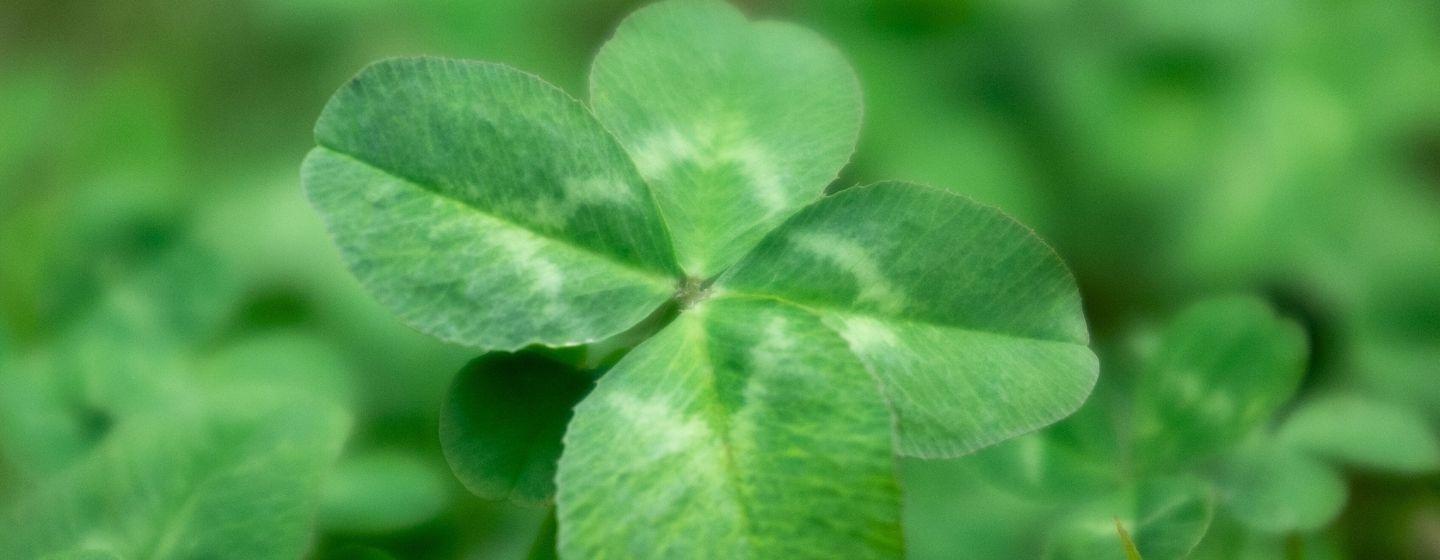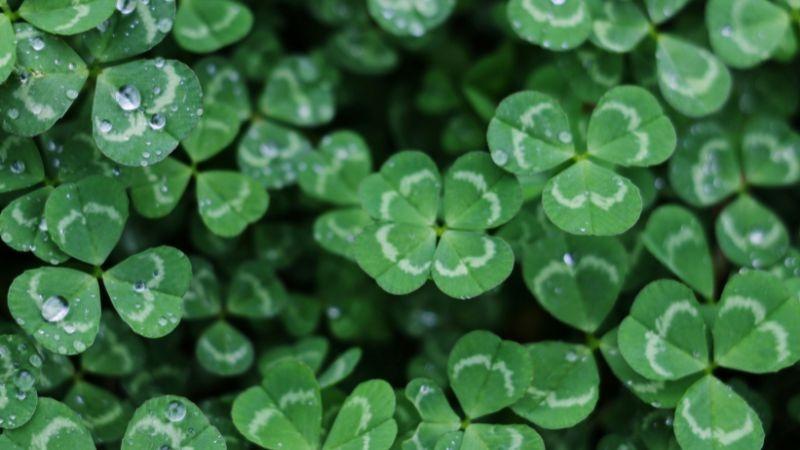No Luck Finding Four-Leaf Clovers? Blame Genetics


If you were bad at field sports as a kid (like me), chances are you spent game days on the sidelines looking for four-leaf clovers. To this day, if I pass a clump of clover, I instinctively zero in on a section, looking for a bit of luck.
I usually don’t find it. Rough estimates show that only 1 in 10,000 plants has four leaflets.
But those terrible odds might improve if we discover the genetic secrets of clover.
We’re getting closer. More than ten years ago, scientists from the University of Georgia found the area in the genome where the genetic trait for four leaflets is located. However, the team didn’t find the exact gene itself. That’s still a mystery, and it’s complicated by the fact that both genes and the right environment—soil, temperature, sunlight—are necessary for clovers to produce four leaflets.
While we don’t know the exact gene responsible for four-leaf clovers, that hasn’t stopped plant breeders. Some, including Vincent Pennetti, a graduate student at the same lab that discovered the gene’s location, have produced varieties with four or even five leaflets. Pennetti sells the plants on Etsy as a side gig.
It’s possible that as Pennetti and others have more success in breeding varieties with this trait, the more four-leaf clovers we’ll see in the wild. That’s partly because clover grows by sending runners, or stems, below the soil to spread in clumps. So, if more people plant seeds with the genetic predisposition for four leaflets, they could start spreading on their own.
But would that take the fun out of finding a four-leaf clover?
Yes, according to focus groups led by the University of Georgia. Lead scientist Wayne Parrott, Ph.D., asked participants their opinion of a clover variety with mostly four leaflets, and the response was mostly negative.
It appears that people still want the challenge and excitement of finding that elusive four-leaf clover in the wild.
Stay on your feet, and let your eyes scan a patch of clover rather than staring at individual plants. You’re looking for anomalies in the pattern, especially in the white parts of the leaflet. Regular clover has an inner white pattern that loosely resembles a triangle. A four-leaf clover’s inner pattern looks like a square.

St. Patrick’s Day isn’t the only time to celebrate clover. Although the weedy species has a bad rap among grass lawn purists, it’s incredibly beneficial to the soil and the ecosystem in general.
“I love clover!” said Lucy Bradley, Ph.D., professor and extension specialist at NC State.
“Pollinators love clover nectar and pollen! Lawns that incorporate clover require less nitrogen fertilizer and less irrigation. Clover is also a great fall cover crop for vegetable gardens. It is beautiful, fragrant, fun and good for the environment.”